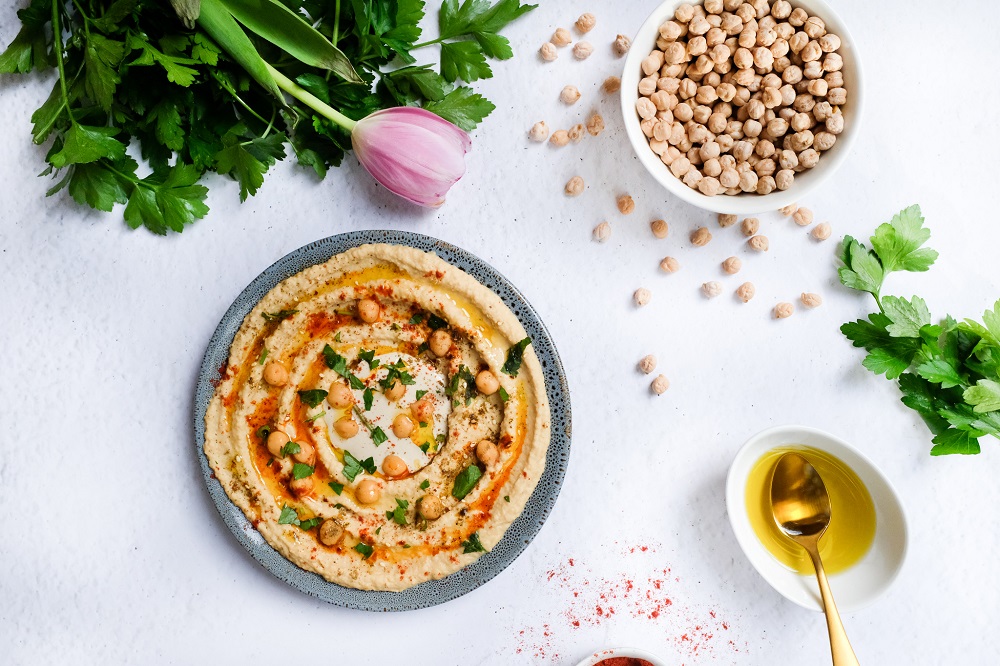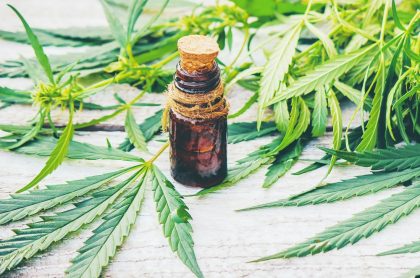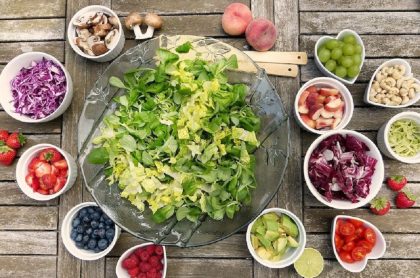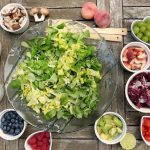Five Mediterranean superfoods you need to know about

We’ve all heard of the wonders of the delicious chickpea-based dish hummus and how healthy it is, but there are many other, less popular, Mediterranean superfoods that also have amazing health and digestive benefits. Tag along while we go for a quick food tour of the area!
Hummus
Obviously, you can’t write an article like this without talking about the grandfather of all Mediterranean superfoods , the one-and-only hummus! Hummus is actually a combination of chickpeas and tahini (which we’ll talk about soon), but for the purpose of this article, we’ll look at chickpeas as a standalone item.
Chickpeas are a legume, so they’re ideal for plant-based diets. They’re high in protein and packed with vitamins, minerals and nutrients such as vitamin K, vitamin B6, vitamin C, zinc, copper, manganese, iron and fiber. In addition, chickpeas have been said to help monitor blood sugar in diabetes patients, and are also beneficial for bone health, heart health and cancer.
In addition to being eaten as hummus, chickpeas can be boiled and eaten as is, with some salt and lemon, or added to salads, soups and various other dishes. There’s even chickpea-flour for those who are gluten intolerant!
Tahini
Tahini is the secret sauce of Mediterranean superfoods! It’s a paste / oil / liquid made from crushed and roasted sesame seeds (say hello to another seed butter!), and can be added to cooked chickpeas to create the base for delicious hummus. It has a delicious nutty flavor and is also high in protein, B-vitamins, vitamin E, magnesium, iron and calcium. In addition, the oily seeds are high in healthy polyunsaturated fat, which can improve heart health and lower cholesterol.
Tahini can be used in several ways – initially it should be mixed with some water and lemon juice to your desired consistency, and can be used as salad dressing, mixed in with roasted eggplant to create babaganoush, or even eaten as is like a dip.
Za’atar
Ok, hands up – how many of you know what za’atar is? It’s believed to be the Old Testament herb hyssop, and it’s related to oregano, basil and thyme. It’s traditionally found in Lebanon, Israel, Jordan and Syria, where it has been used for thousands of years both as a spice and a folk medicine.
There’s the actual herb, also known as wild oregano, and then there’s the dried mixture based on the herb, which also includes salt, sumac, sesame seeds and other spices. We’ll be talking about the herb itself, so let’s take a look at what makes this one of our Mediterranean superfoods!
Za’atar can help clear up respiratory tract infections, is packed with antioxidants, and can improve your immune system due to its anti-fungal, anti-microbial and antiseptic properties and due to the large amount of iron it contains, can also improve circulation of oxygenated blood. In addition, it helps fight inflammation and is said to boost cognition.
As mentioned, za’atar can be eaten as part of a mix of dried spices, but it can also be used fresh to season salads, baked into bread and added to hearty and savory sauces to give some nice umami flavor.
Prickly Pear Fruit
Here’s another one out of left field – the fruit of the Nopales cacti, also known as prickly pear. The fruit itself, called the Indian fig opuntia, can be found around the world on various genus of Nopales, it’s one of the more popular fruits around the Mediterranean. The arid regions of Italy, Portugal, Spain, Greece, Crete, Cyprus, Malta and the Levant all host this amazing cactus, which originates in Mexico.
Labneh
Last, but not least, on our list of Mediterranean superfoods is labneh, a type of cultured dairy product similar to probiotic yoghurt or kefir, and rich in bacteria which can improve your gut health. In addition to being tasty and healthy, it’s easy to make at home, by yourself!
Labneh has a large amount of protein and fat, as well as calcium and vitamin A, similar to most dairy products. However, the rub with this superfood is that many lactose-intolerant people can eat it without complications because its straining and fermentation process helps to remove a significant amount of lactose. In addition, goat’s milk, which has less lactose in general than cow’s milk, is the main ingredient.
This wonderful cheese is traditionally eaten with olive oil and the delicious za’atar, as a dip, though feel free to make your own combinations and additions!
There you have it – our rundown of Mediterranean superfoods. Now when someone mentions hummus and tahini, you’ll be able to mention a few new delicacies from all the way across the world!
For more nutrition articles, check out Five Breakfast Foods that Sabotage Weight Loss, and why there really is no big secret to dieting!
Similar articles
-
Our top tips and tricks to improve your sleep over time
inWith COVID-19 running rampant, holistic health coach Kelly Cohen is here to show you ways to improve your sleep over time.
-
Is there a connection between cancer, diet and CBD?
inAs more and more Americans get sick with cancer, Holistic Cannabis Practitioner Erin Kenney looks at the connection between cancer, diet and CBD.
-
Post-partum recovery: a nutritionist gets back on track!
inPost-partum recovery is never easy, no matter who you are. Follow along this two-part series with nutritionist Stacey Gross on how she managed it.
More in Nutrition
-
Shouldn’t I be losing weight on a plant-based diet?
inLots of people who have recently transitioned to a plant-based diet have been asking, “shouldn’t I be losing weight on a plant-based diet?”
-
Your health destiny is not your child’s health destiny
inAre you thinking about having kids, but have poor health yourself? Do you want to give your child a better health destiny than your own?
-
Gut-friendly muffins when you’re stuck at home
inGut-friendly muffins can be just the thing to bake when you’re stuck at home during these difficult times.


















